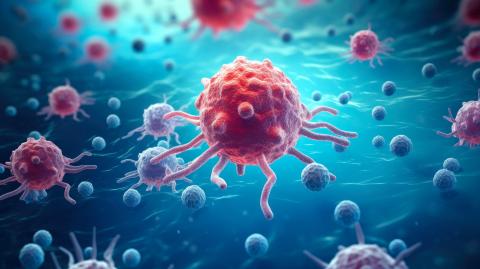Salamanca University Hospital
If you are the contact person for this centre and you wish to make any changes, please contact us.
Head of the Haematology Department at the University Hospital of Salamanca and Professor of Medicine at the University of Salamanca
Head of the Allergy Service at the University Hospital of Salamanca, Professor at the Faculty of Medicine of the University of Salamanca and President of the Spanish Society of Allergology and Clinical Immunology

The Committee for Medicinal Products for Human Use (CHMP) of the European Medicines Agency (EMA) has recommended granting marketing authorisation in the European Union for Eurneffy (epinephrine), the first nasally administered medicine for the emergency treatment of allergic reactions. Anaphylaxis is the most severe form of allergic reaction that can occur within minutes of exposure to an allergen and can be life-threatening. Until now, treatment with epinephrine (also known as adrenaline) to reduce the anaphylactic reaction is done by intramuscular injection.

A multidisciplinary study involving several Spanish research groups has preclinically tested a new type of immunotherapy for multiple myeloma. Instead of modifying T cells to attack the tumour directly, as CAR-T cells do, they have managed to make them secrete bispecific antibodies, which bind to the tumour on one side and to other T cells on the other, attracting them to the tumour. According to the authors, this cell therapy was more effective than traditional CAR-Ts and could generate less resistance. The results are published in the journal Science Translational Medicine.

Two teams of researchers have separately described a population of memory lymphocytes that may be responsible for the persistence of allergies over time. The work has analysed responses to allergens such as those present in peanuts, dust and birch. According to the authors, whose research is published in Science Translational Medicine, these cells could serve as a target for the treatment of various types of allergies.